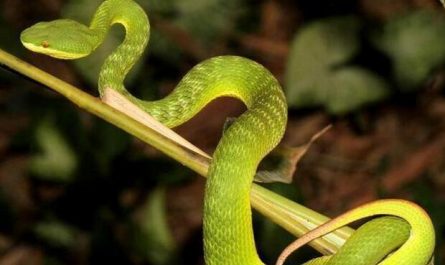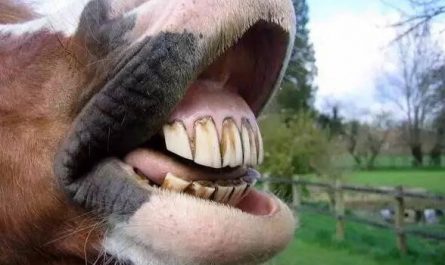If you like birds, you will find a variety of bird beaks. The beak of a chicken is short and delicate, the beak of a duck is flat and flat, the beak of an eagle is curved with a hook, the beak of a woodpecker is like a sharp cone, the beak of an egret is like a spear, and the beak of a hummingbird is like a thin tube, a flamingo The beak is bent downward, the beak of the anti-billed sandpiper is upturned, the beak of the toucan is larger than the head, and the big beak of the hornbill is also covered with a helmet…Why do the beaks of birds have so many forms?
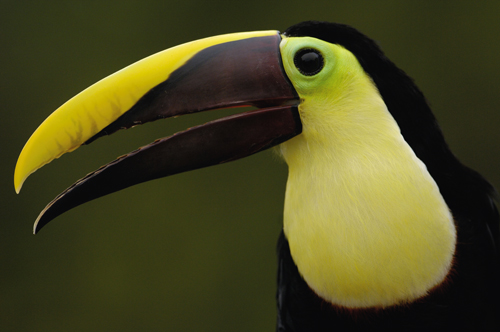
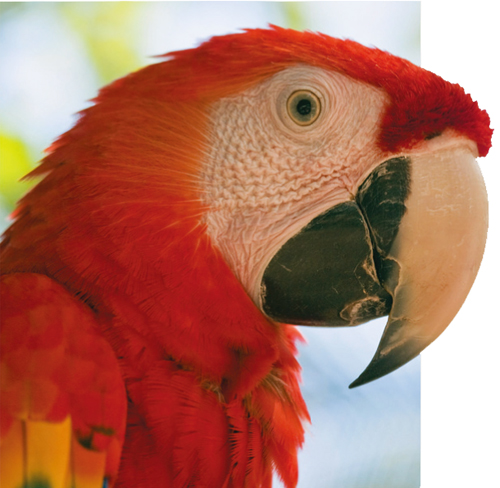
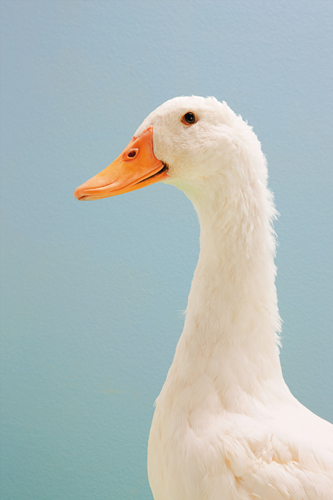
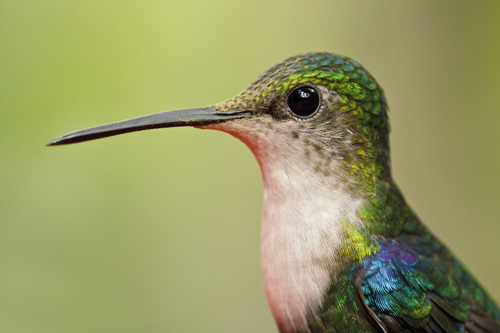
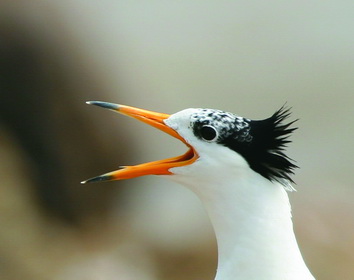
It turns out that in the long historical evolution, as the forelimbs of birds have evolved into wings that perform flight functions, the mouths of birds have to do more things, and thus have more functions, such as feeding, fighting, and building. Nest, Li Yu, etc.
In particular, the diverse feeding behaviors of birds are the main reason for bird mouth shape alienation.
As they live in different environments, the diet of birds has also diverged. As a feeding tool, the mouth of birds has undergone adaptive changes. For example, the short and powerful beak of a chicken is convenient for pecking seeds on the ground; the flat beak of a duck is suitable for filtering water weeds in the water; the hooked beak of an eagle is good for tearing prey; The insects inside; the spear-like beak of the egret can poke fish; the hummingbird uses the thin tube-like beak to suck nectar…what kind of beak to eat, flamingos, sandpipers, toucans and hornbills The odd-shaped mouths are also the result of their adaptation to their respective habitats and feeding behavior.
